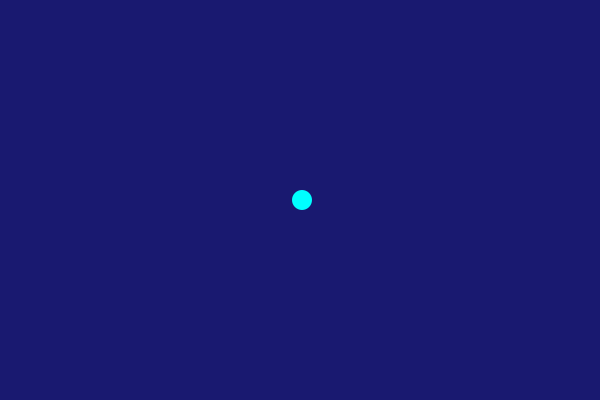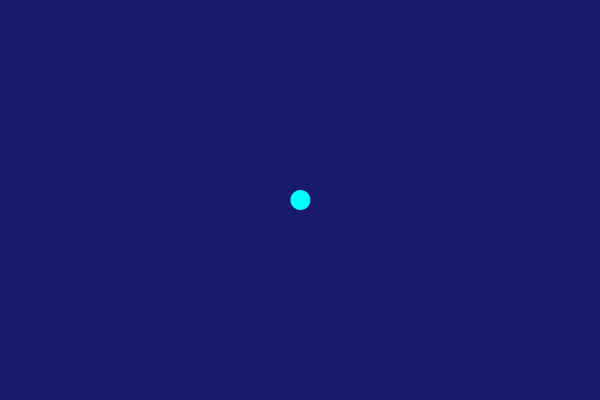
You can use the Julia library Luxor to generate some random walk graphs with turtles. This post demonstrates how to use Simplex (similar to Perlin) noise.
This post was inspired by a chapter in The Nature of Code. Check it out!
A random walk is a stochastic process that describes a path formed by random steps. For example, imagine we have a 0-D creature point that lives on a 1-D line. The creature randomly looks around for food to the left and right. At every timestep, the creature has a 50% chance of moving left and a 50% chance of moving right. Let's sample a random number from a uniform distribution between 0 and 1. If is greater than 0.5, then we move right. Otherwise, we move left.
Illustrated, this looks like this:

We will use the Julia library Luxor to help create some simple vector animations with turtles.
using Luxor, PlotsWe can extend this 1-D case to 2-D. Instead of just moving left or right, this time we will also move up and down. We can uniformly sample a number . If is between 0 and 0.25, move right. If is between 0.25 and 0.5, move left. If is between 0.5 and 0.75, move up. If is between 0.75 and 1, move down.
Illustrated, this looks like:


If you trace out the pattern the creature makes, you can create an interesting-looking picture.

While the picture is obviously random, it still has some order! It has the feature of constrained randomness, a feature you often see in chaotic systems. A next step is that we could have our creature go in any direction (eg. take a random integer between 1 and 360), but we will skip it as it's not so interesting.
Gaussian random walk
A Gaussian random walk uses a random distribution to choose the distance travelled. Let's try it!


Gaussian random walks tend to be more realistic than random walks with a constant step size. However, the motion of our creature is still not so natural. Which brings us to...
Simplex noise
Perlin noise was developed by Ken Perlin in 1983. Simplex noise is the second generation of that. The details of these algorithms are a bit involved, so I will leave them out. That said, you can use Perlin or Simplex noise for smoothly-changing randomness. Try changing the scale below. The lower the scale, the more randomness.
scale = 20
arr = Array{Float64,2}(undef, 100, 100)
for i in 1:100
for j in 1:100
arr[i,j] = noise(i/scale,j/scale)
end
end
heatmap(arr)
Instead of the 2-D noise, we will use two lines of 1-D values (you can imagine those lines plotted on the 2-D noise plot). In addition, we will use two different starting positions for and so that the motion will not be the same for both, as Simplex noise is deterministic.
Simplex random walk

Now our random walk looks a lot more natural instead of completely random.
Find the notebook on GitHub.